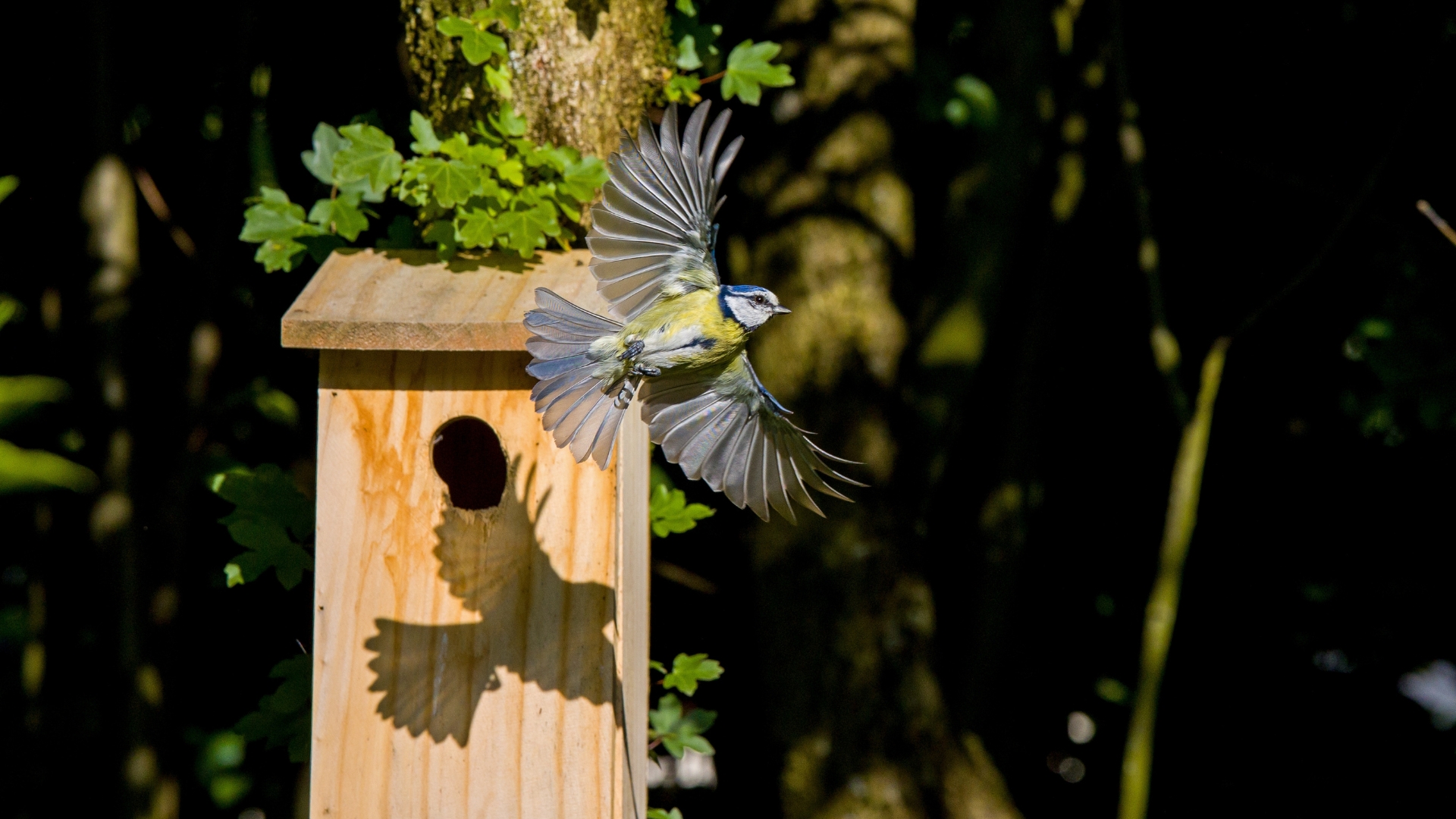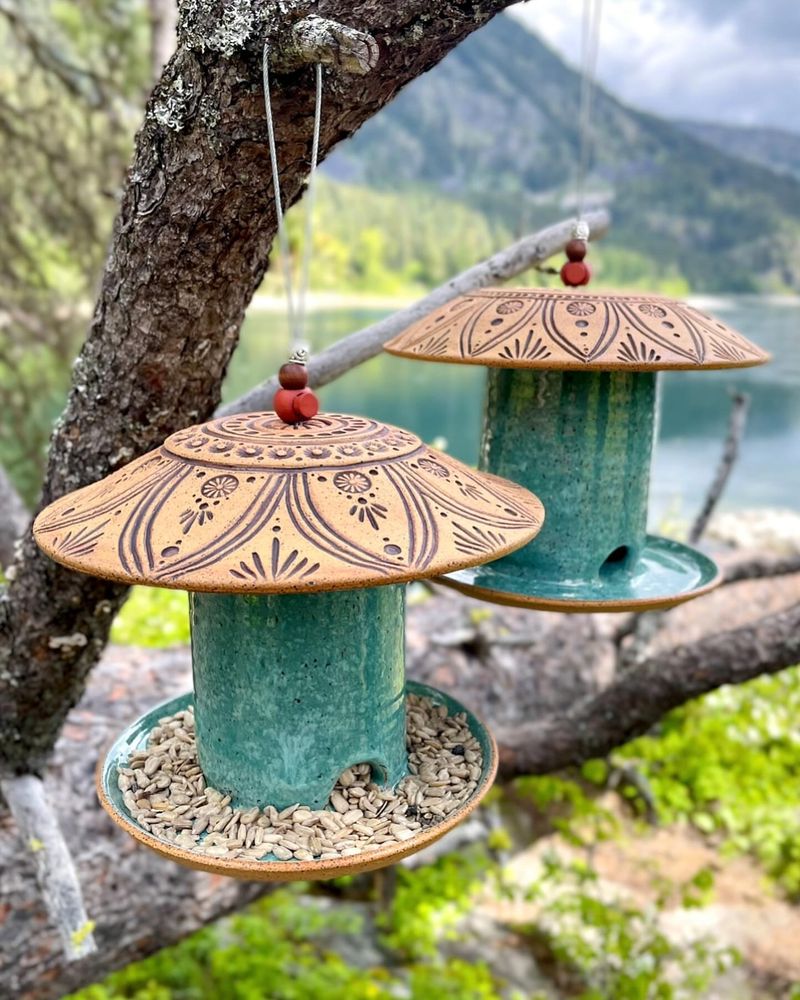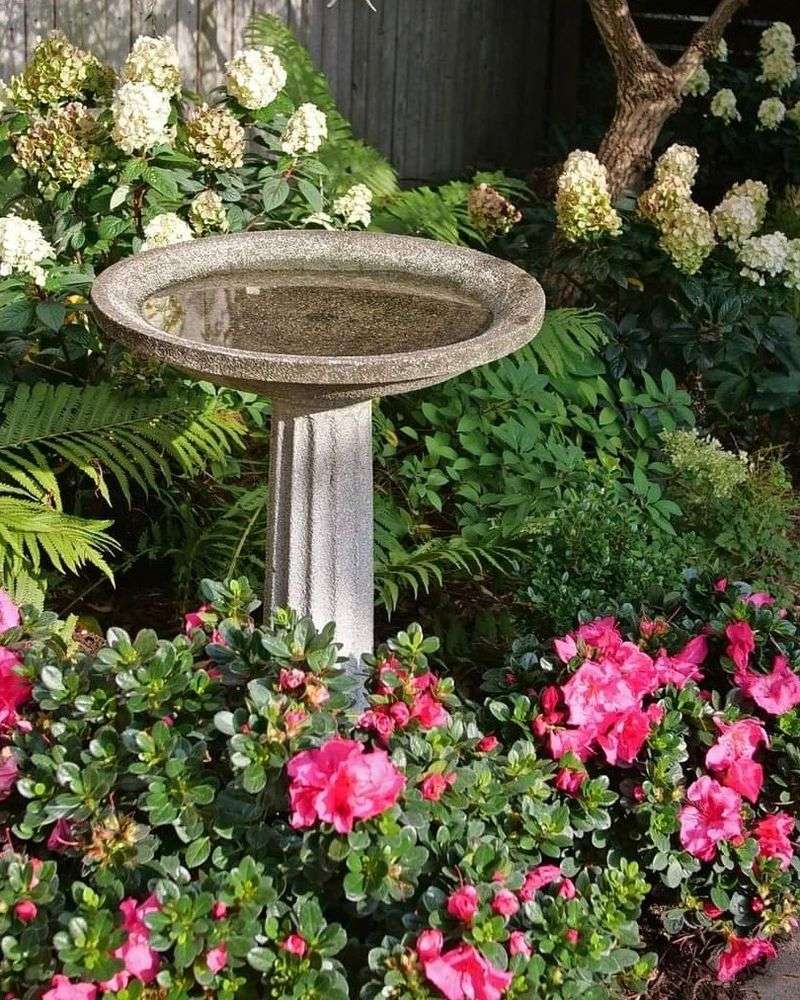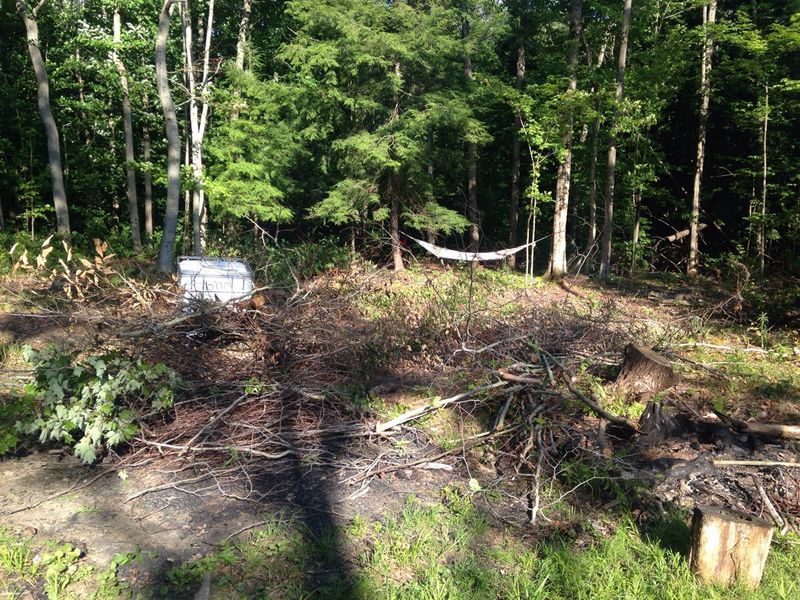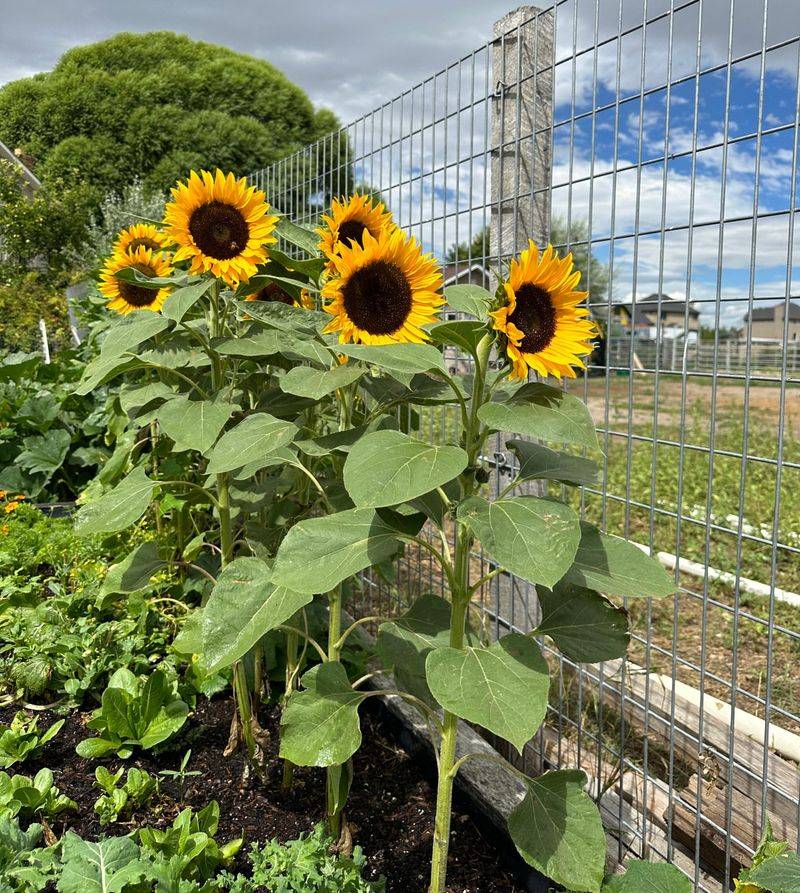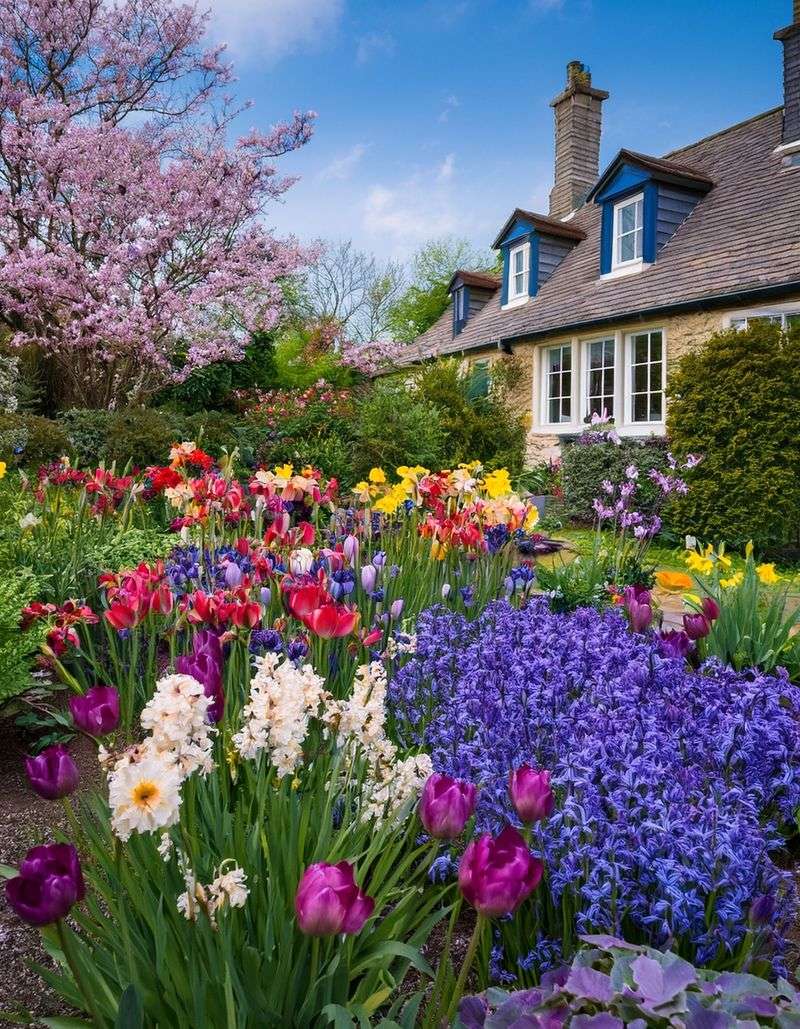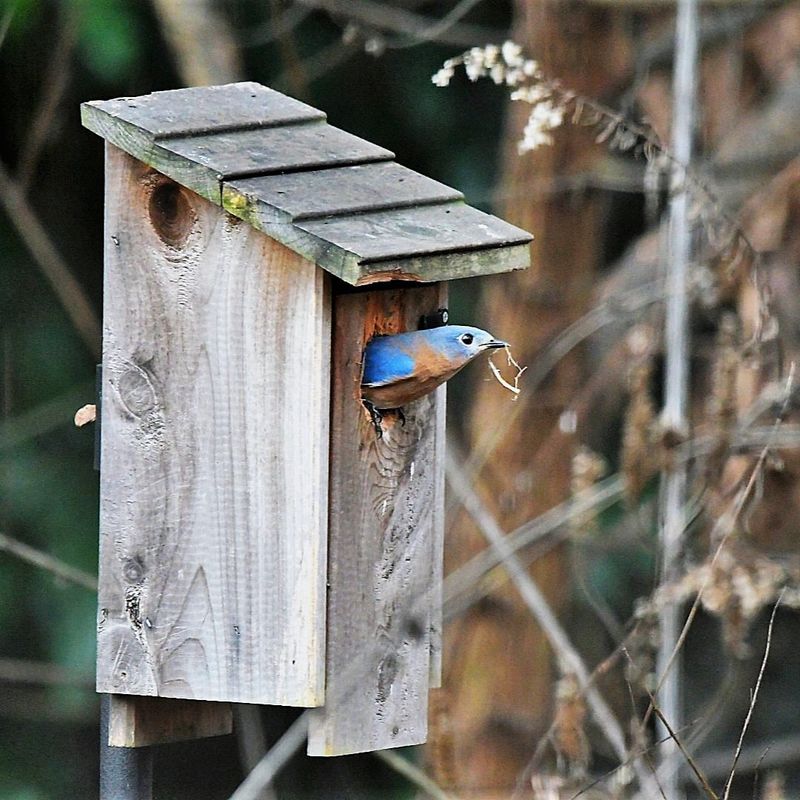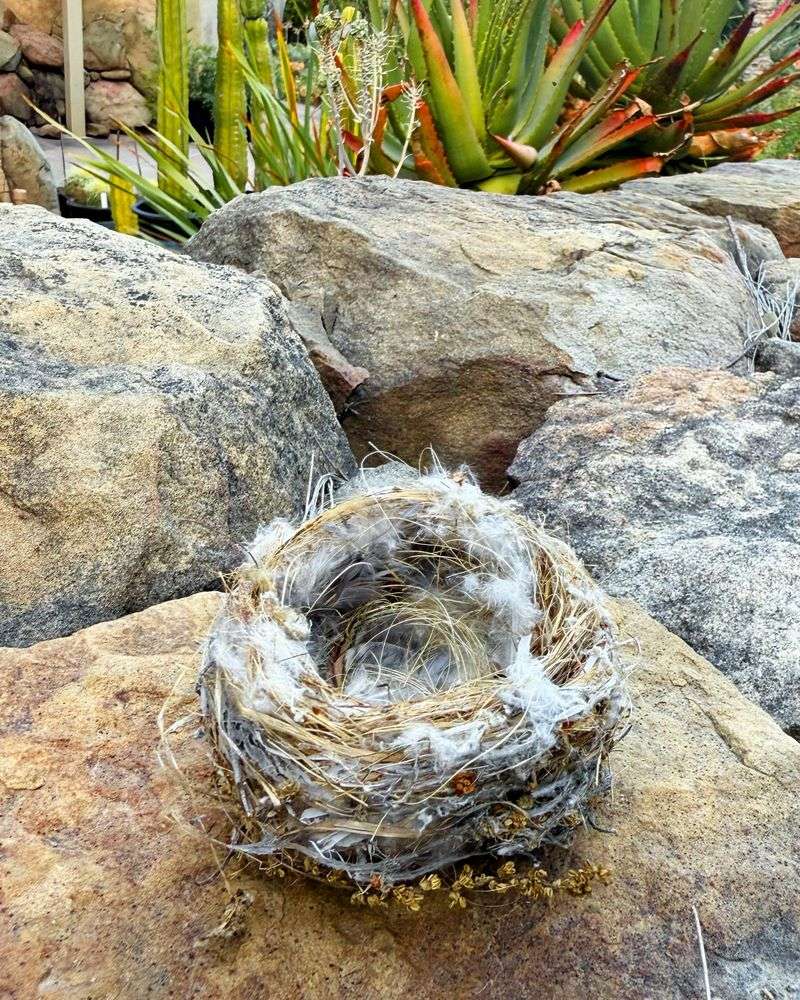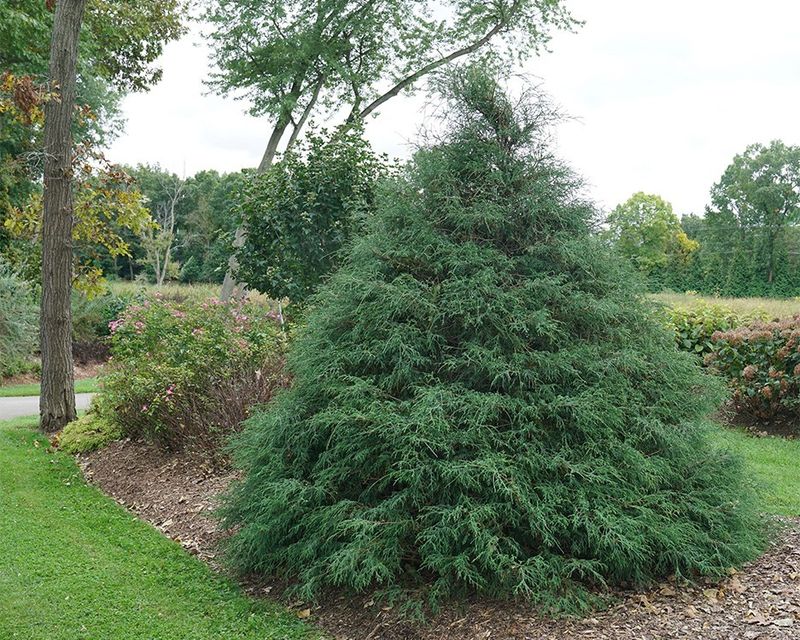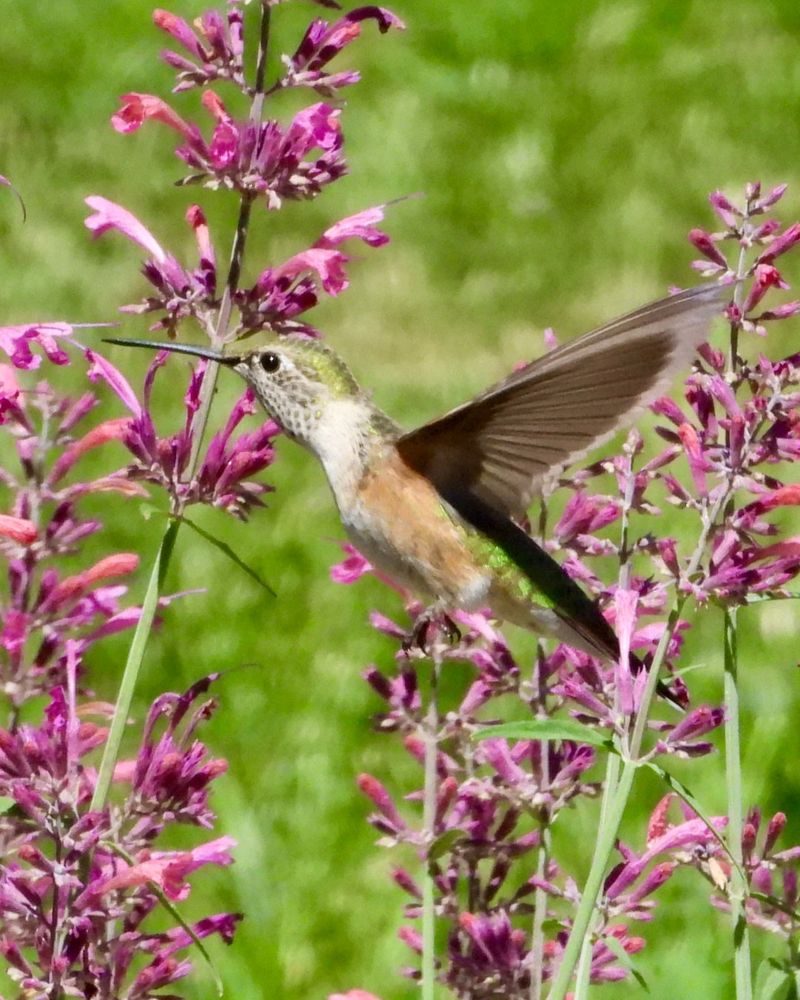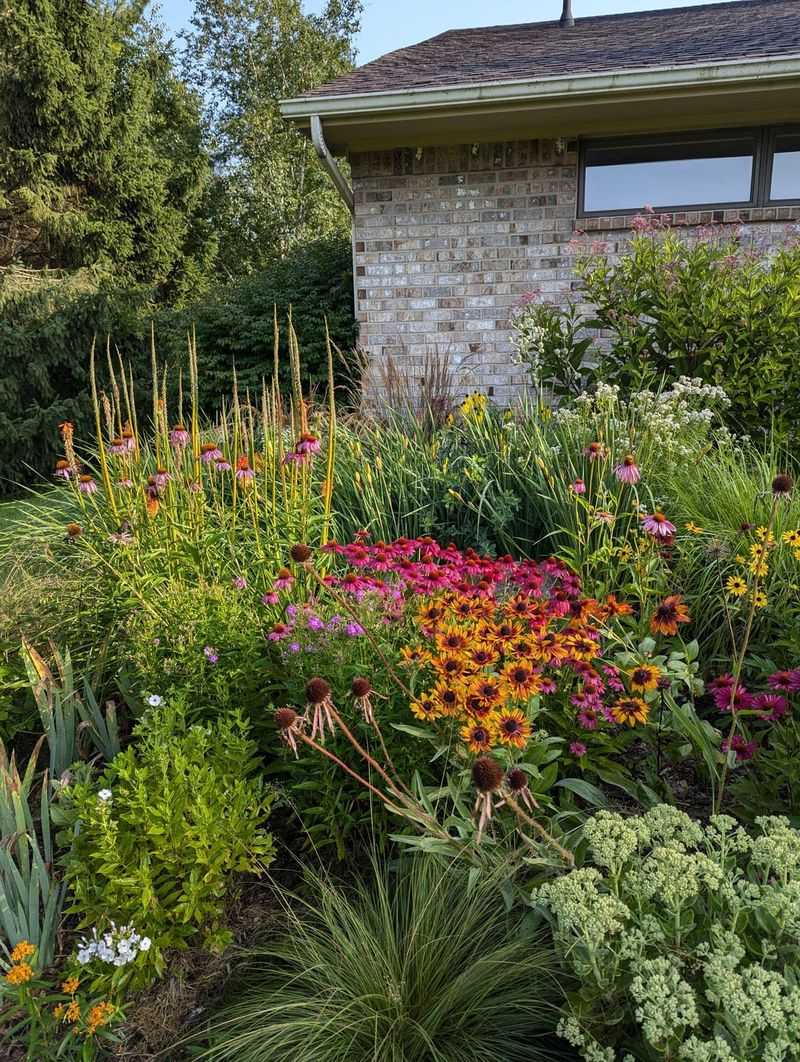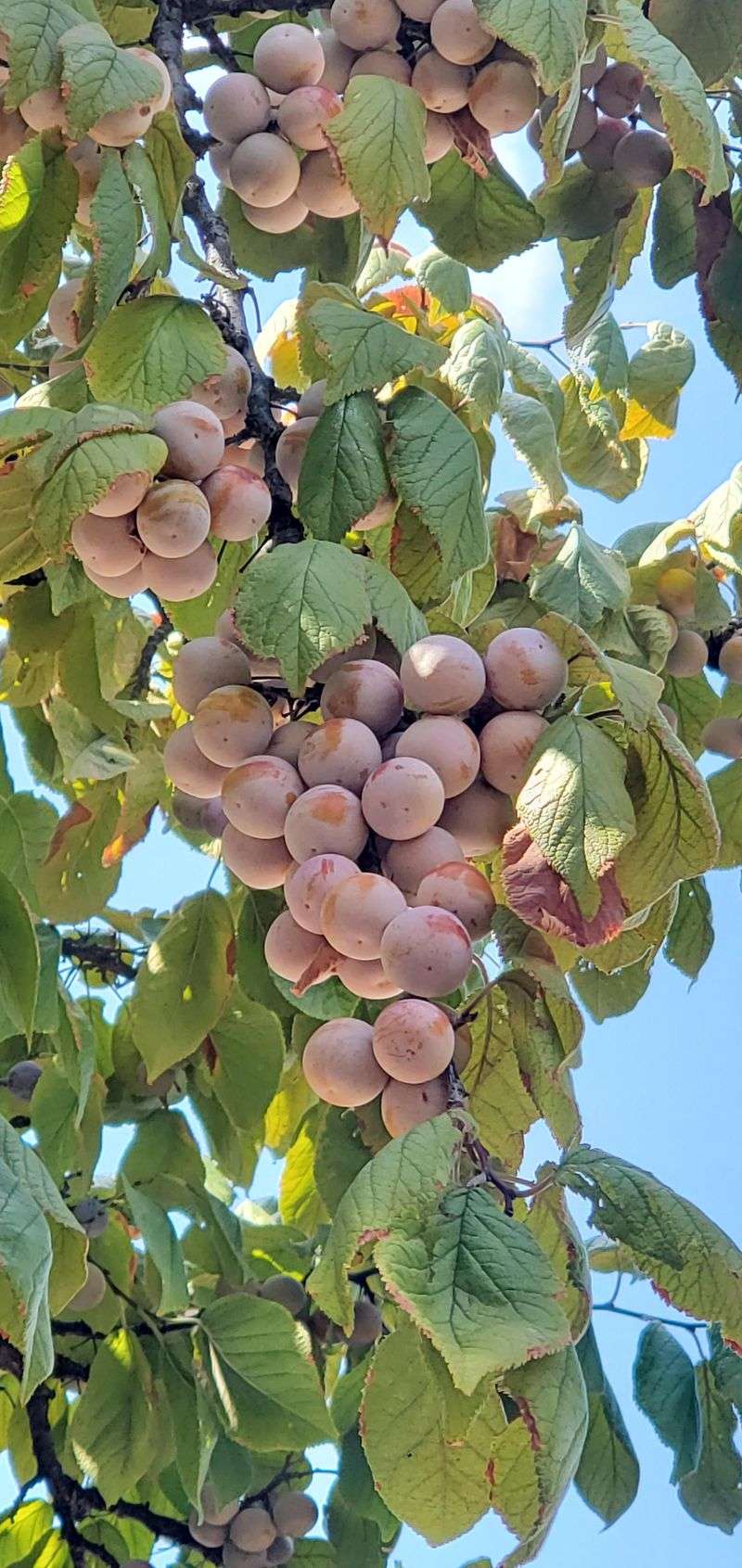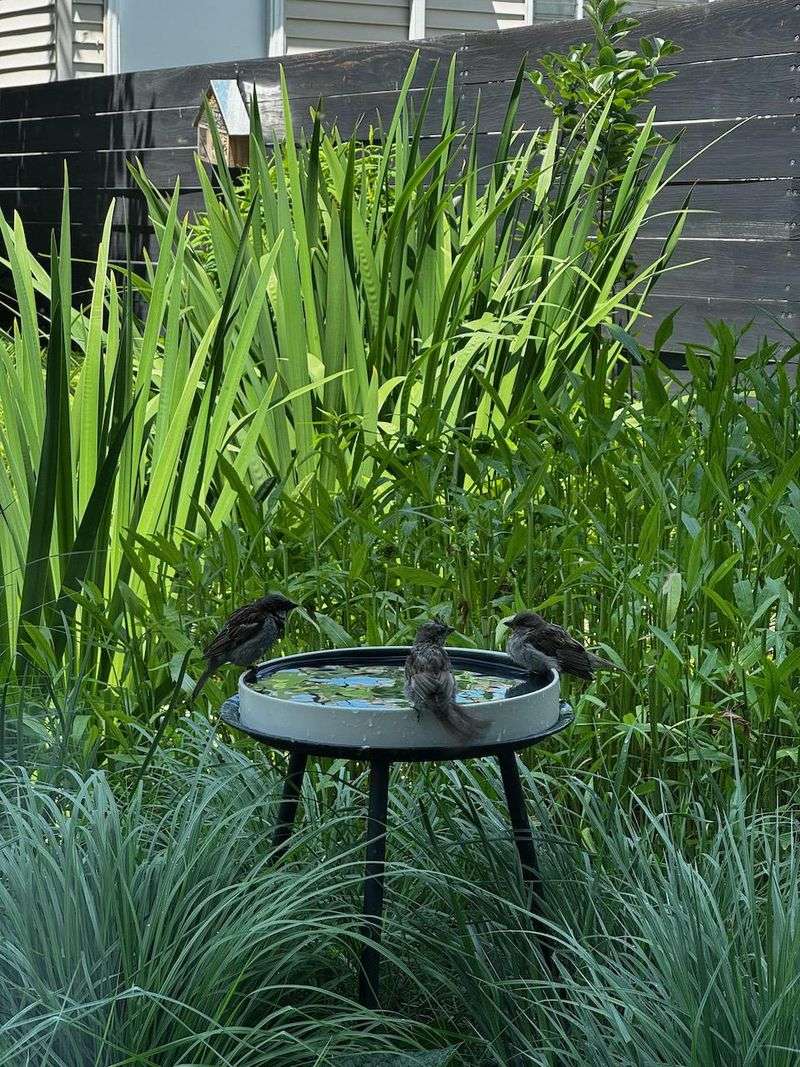Creating a bird garden is one of the most rewarding things I’ve done—it’s like bringing a little nature show right to your window. With just a few thoughtful touches, your yard can become a favorite hangout for feathered visitors.
I’ve gathered 15 easy ways to make your space feel like home for birds, no matter the size of your garden. Once they find it, they’ll be back every single day—and honestly, it never gets old.
Get ready for morning songs, fluttering wings, and lots of cheerful energy right outside.
1. Install Bird Feeders Strategically
Placement matters more than you might think when setting up feeders. Position them about 10-15 feet from trees or shrubs so birds can quickly retreat to safety if predators appear.
Different feeder styles attract different species, so mix it up with tube feeders, platform feeders, and suet cages. Remember to clean them regularly – dirty feeders can spread diseases among your winged visitors.
2. Provide Fresh Water Sources
Birds need water not just for drinking but also for bathing to maintain healthy feathers. A simple birdbath with shallow edges works wonders, especially when placed where birds can spot it easily from above.
Adding a small dripper or fountain creates moving water that birds find irresistible. During winter, consider a heated birdbath to provide that rare liquid water source that will make your garden the neighborhood hotspot.
3. Plant Native Berry Bushes
Native berries provide essential nutrition that birds instinctively recognize. Serviceberry, elderberry, and dogwood offer both delicious treats and protective cover that make birds feel secure while feeding.
Unlike exotic plants, natives require less maintenance since they’re adapted to your local climate. The berries ripen at different times throughout the seasons, creating a year-round buffet that keeps your feathered friends coming back.
4. Create Brush Piles
What looks like garden debris to us serves as prime real estate for birds. Stack fallen branches, twigs, and leaves in a corner of your yard to create instant shelter from predators and harsh weather.
Ground-feeding birds particularly appreciate these protective zones. The decomposing materials also attract insects – a protein-rich food source that’s especially important during nesting season when birds need extra energy.
5. Grow Seed-Producing Flowers
Sunflowers, coneflowers, and black-eyed Susans aren’t just beautiful – they’re bird magnets! Their seed heads provide natural food sources that continue feeding visitors long after blooming season ends.
Leave the spent flower heads standing through fall and winter instead of deadheading. Watching goldfinches and chickadees perform acrobatics to reach the seeds offers entertainment value while supporting local bird populations during scarce food months.
6. Limit Pesticide Use
Chemical pesticides don’t just kill garden pests – they can harm the very birds you’re trying to attract. Many birds rely on insects as a primary food source, especially when raising young.
Switch to natural pest control methods like companion planting or introducing beneficial insects. Your garden might have a few more leaf holes, but you’ll be rewarded with increased bird activity as they help keep pest populations naturally in check.
7. Install Nesting Boxes
Different bird species need different housing options. Bluebirds prefer boxes mounted on posts in open areas, while chickadees like wooded spots. Research which local birds might visit your area and install appropriate boxes.
Proper mounting height and entrance hole size determine which species will move in. Clean out old nesting material each fall to prevent parasite buildup and ensure your boxes remain attractive to potential tenants year after year.
8. Create Vertical Layers
Birds utilize different heights within your garden based on their natural habits. Some forage on the ground, others prefer shrub level, and many seek treetop perches for singing and surveying.
Plan your garden with ground covers, mid-height shrubs, and taller trees to accommodate diverse bird preferences. This multi-level approach not only attracts more species but also creates a visually interesting landscape that provides shelter at every level.
9. Offer Nesting Materials
Help birds build cozy homes by providing nesting materials in spring. Fill mesh suet feeders with natural fibers like pet fur, small strips of cotton, or bits of yarn under 6 inches long.
Watching birds collect these offerings provides delightful entertainment. Avoid synthetic materials, dryer lint, or anything treated with chemicals – stick with natural options that won’t harm delicate hatchlings when incorporated into nests.
10. Plant Evergreen Shrubs
Evergreens provide crucial year-round shelter, especially during harsh winter months when deciduous plants stand bare. Dense foliage creates protected spots for birds to hide from predators and weather extremes.
Varieties like juniper and spruce offer both protective cover and food in the form of berries or seeds. Strategic placement near feeding areas creates safe zones where birds can quickly retreat when they feel threatened.
11. Add Hummingbird-Friendly Plants
Trumpet vine, bee balm, and cardinal flower produce the tubular, nectar-rich blooms that hummingbirds can’t resist. Their bright colors serve as natural beacons that attract these tiny aerial acrobats to your garden.
Plant these flowers in clusters for greater visual impact from the air. Supplement with a hummingbird feeder filled with simple sugar water (four parts water to one part white sugar) to keep these iridescent visitors buzzing around your garden all season.
12. Maintain Dust Bathing Areas
Birds need dust baths to keep their feathers clean and free of parasites. Create a simple dust bathing spot by leaving a small patch of bare, dry soil in a sunny location of your garden.
You might notice birds fluttering and rolling in these areas, coating their feathers with fine dust. This natural behavior helps them dislodge mites and other pests, keeping their plumage in top condition without using a drop of water.
13. Keep Cats Indoors
Domestic cats kill billions of birds annually, making them one of the biggest threats to garden birds. Even well-fed cats hunt by instinct, not hunger, so keeping them indoors is the most effective protection measure.
If your cat must go outside, consider a catio or enclosed cat run. These options allow your feline friend outdoor time while keeping birds safe from their natural hunting behaviors.
14. Add Fruit-Bearing Trees
Crabapples, mulberries, and cherries attract fruit-loving species like waxwings and orioles that might not visit seed feeders. Many fruit trees produce spectacular spring blossoms that benefit pollinators before developing into bird-friendly treats.
Even small yards can accommodate dwarf fruit tree varieties. The fallen fruits also attract ground-feeding birds like robins, creating a multi-level feeding station that serves different species throughout the growing season.
15. Maintain Year-Round Interest
Plan your garden to provide resources in every season. Spring-flowering plants support nesting birds, summer fruits offer abundant food, fall seed heads provide autumn sustenance, and winter berries help during scarce months.
Research which plants in your region offer off-season value. This thoughtful planning ensures your garden never lacks bird visitors, even during typically quiet periods when less prepared gardens stand empty.

